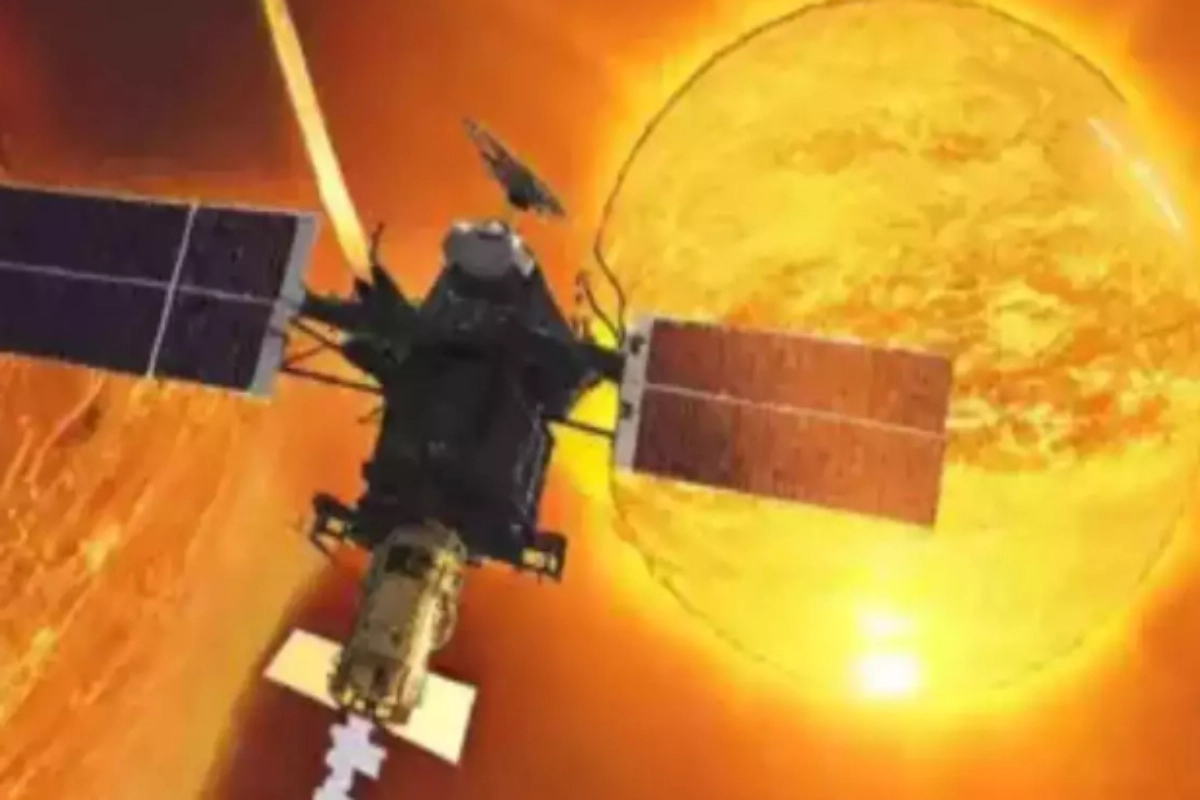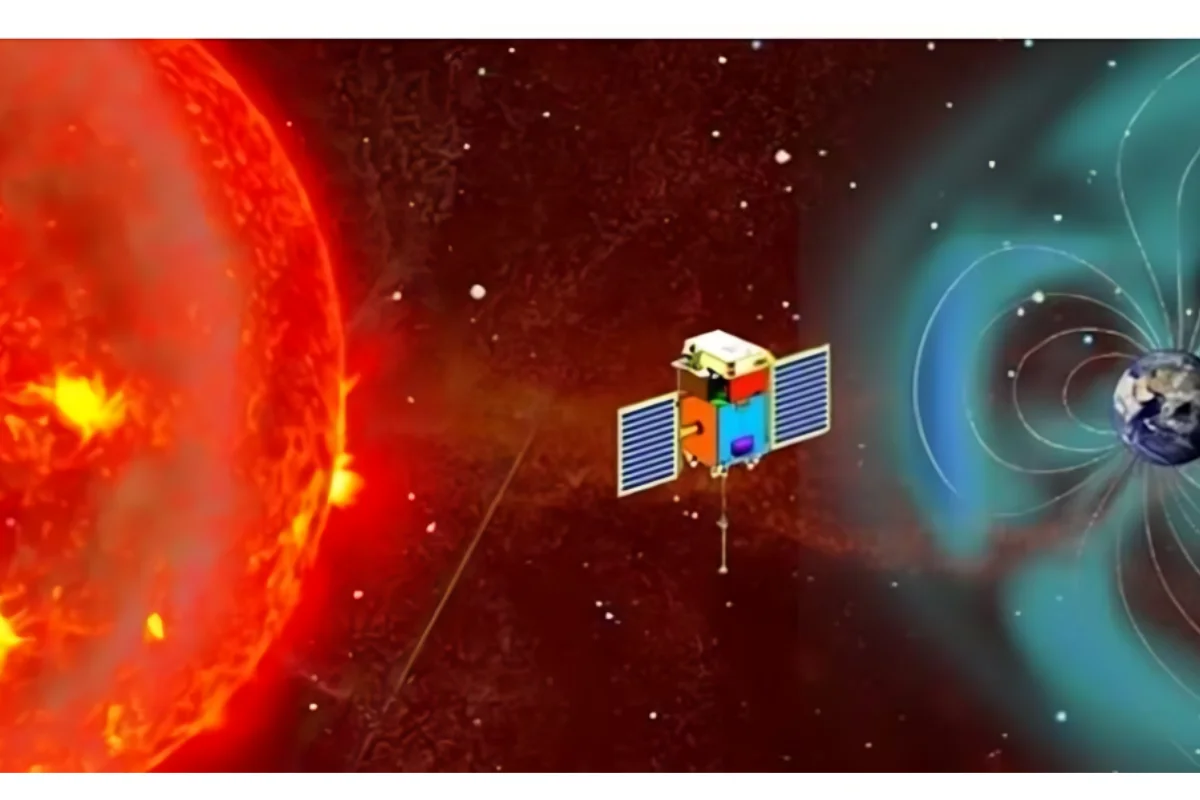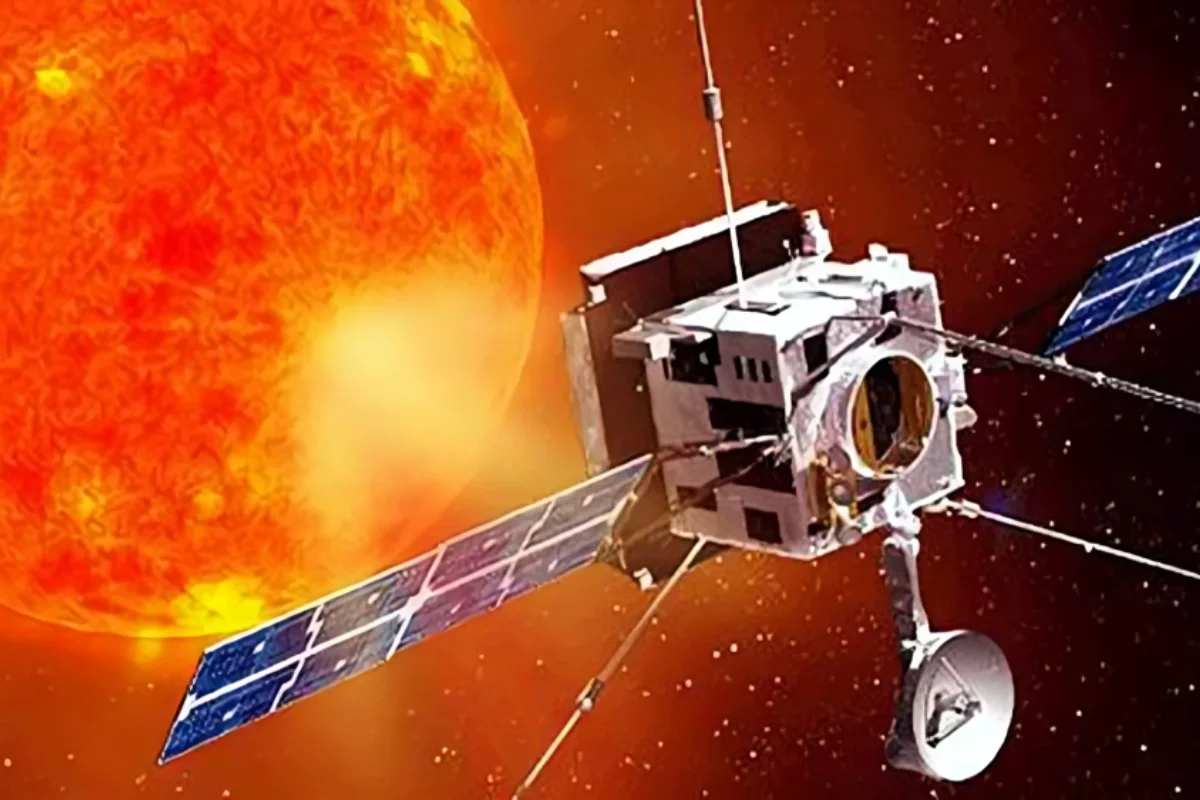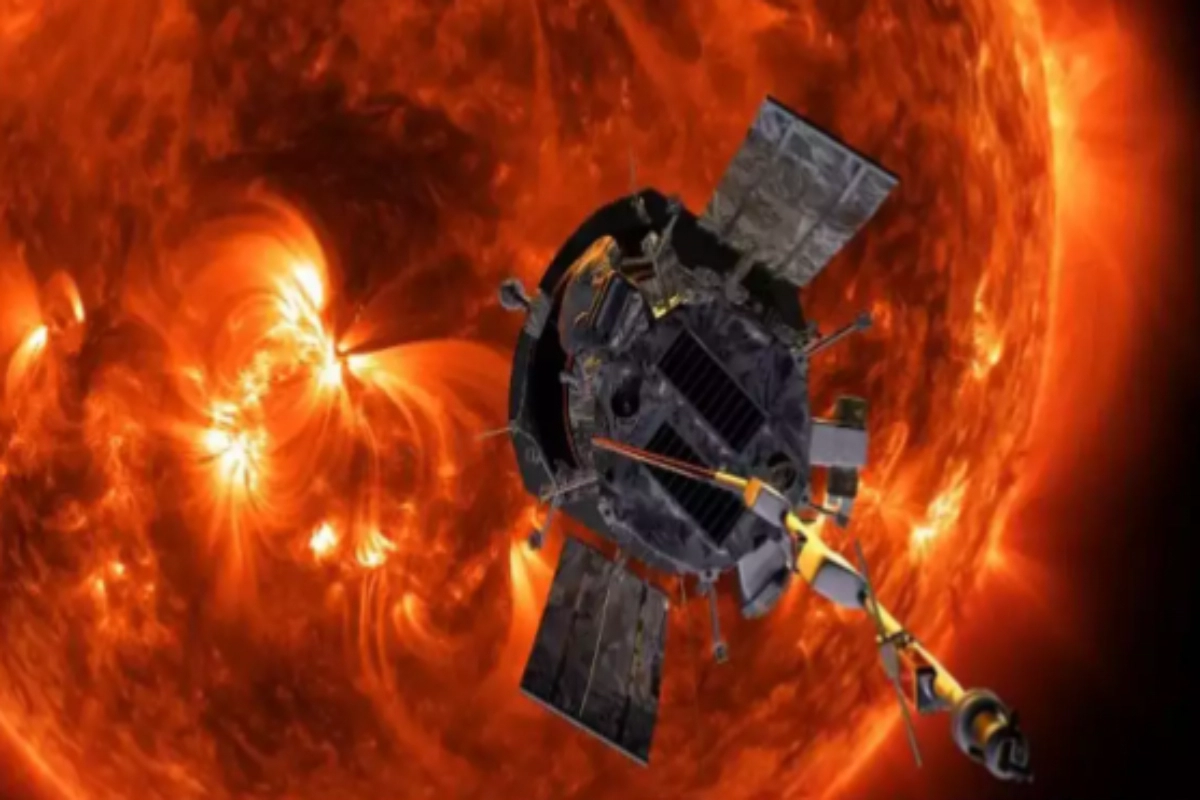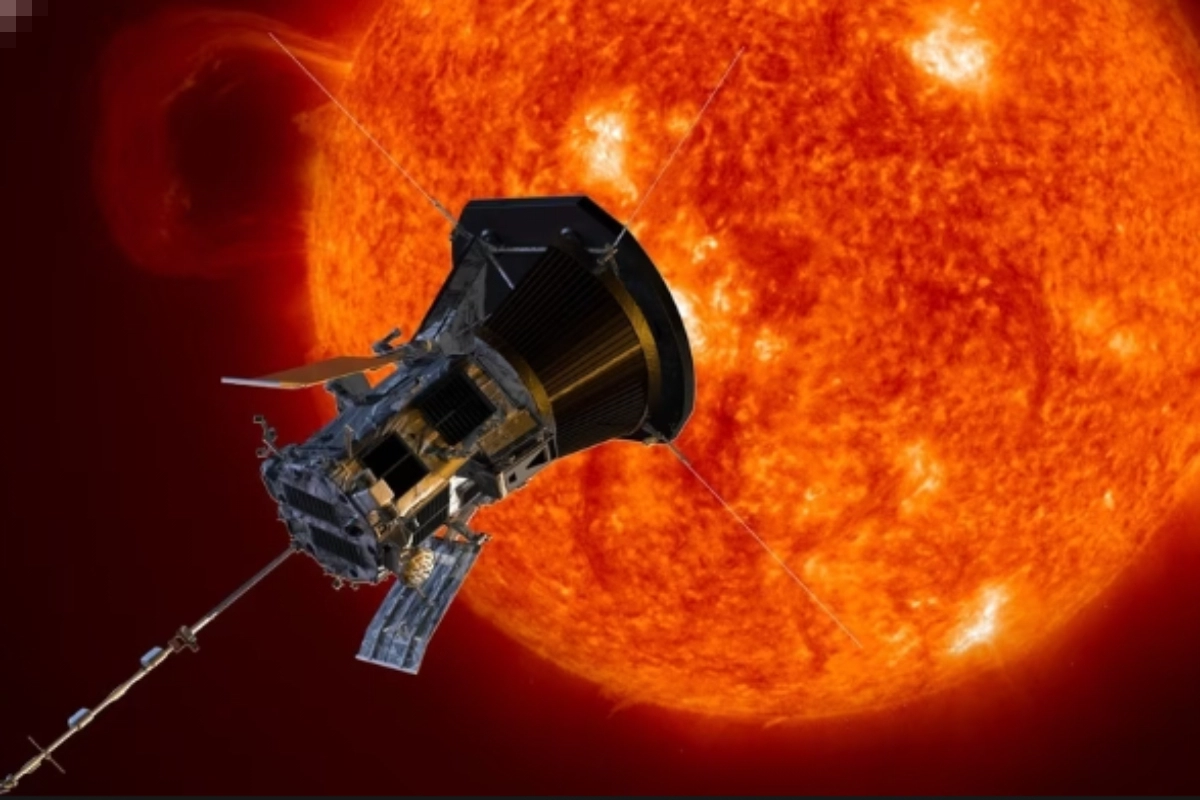Aditya L1, the first solar mission of India, will launch from Sriharikota today and go to the Sun for 125 days. Aditya L1 is made to offer both in-situ and remote observations of the solar wind and corona.
A Close Look at VELC’s Solar Observation Capabilities
The Liquid Propulsion System Centre (LPSC)’s liquid apogee motor (LAM) will be crucial in launching the Aditya spacecraft into the Lagrangian Point 1 (L1) orbit, which is 1.5 million kilometres from Earth. Aditya L1’s primary payload, the Visible Emission Line Coronagraph (VELC), will send 1,440 photos per day to the ground station for study after it has reached its planned orbit. Four of the seven payloads carried by VELC will view the Sun’s light, and the remaining three will measure in-situ plasma and magnetic field parameters. “From the continuum channel, which is the imaging channel, an image will come — one image per minute. So approximately 1,440 images for 24 hours, we will be receiving at the ground station,” Aditya L1 Project Scientist and Operation Manager for VELC Dr Muthu Priyal told news agency PTI.
Fuel Efficiency and Beyond
The 190 kilogramme VELC payload will provide photographs for five years, which is the nominal life of the satellite, although it could live longer depending on fuel usage, according to the Indian Institute of Astrophysics (IIA). IIA scientists expect the first images to be available by February-end. “The satellite is expected to be put into orbit in the middle of January and then we will do the test if all the systems are working properly and by the end of February we expect to get the regular data,” professor Jagdev Singh said. “It will take time and we have to test instrument by instrument. First we will test the smaller instruments, and the VELC’s shutter will be opened last, by mid of February,” he added. Additionally, since its founding in 1987, the LPSC has consistently served as a hub of support for the Indian Space Research Organisation (ISRO) in all of its space operations. India’s space goals have been supported by its liquid and cryogenic propulsion systems, which are essential to the PSLV and GSLV rockets.
Aditya-L1’s Scientific Objectives
Understanding the genesis, behaviour, and propagation of coronal mass ejections as well as contributing to the solution of the coronal heating issue are the primary scientific goals of Aditya-L1. In the upcoming months, the solar astronomy group at IIA plans to calibrate and use data from VELC and other Aditya-L1 missions to answer fundamental questions about solar astrophysics and its implications for our daily lives.
Keep watching our YouTube Channel ‘DNP INDIA’. Also, please subscribe and follow us on FACEBOOK, INSTAGRAM, and TWITTER.



